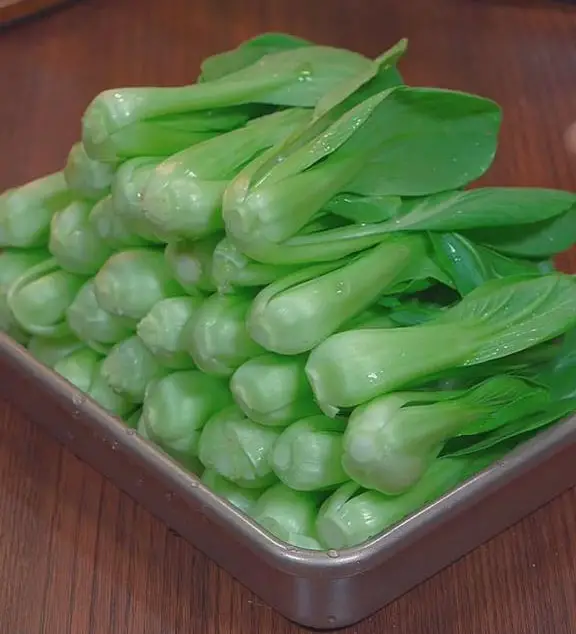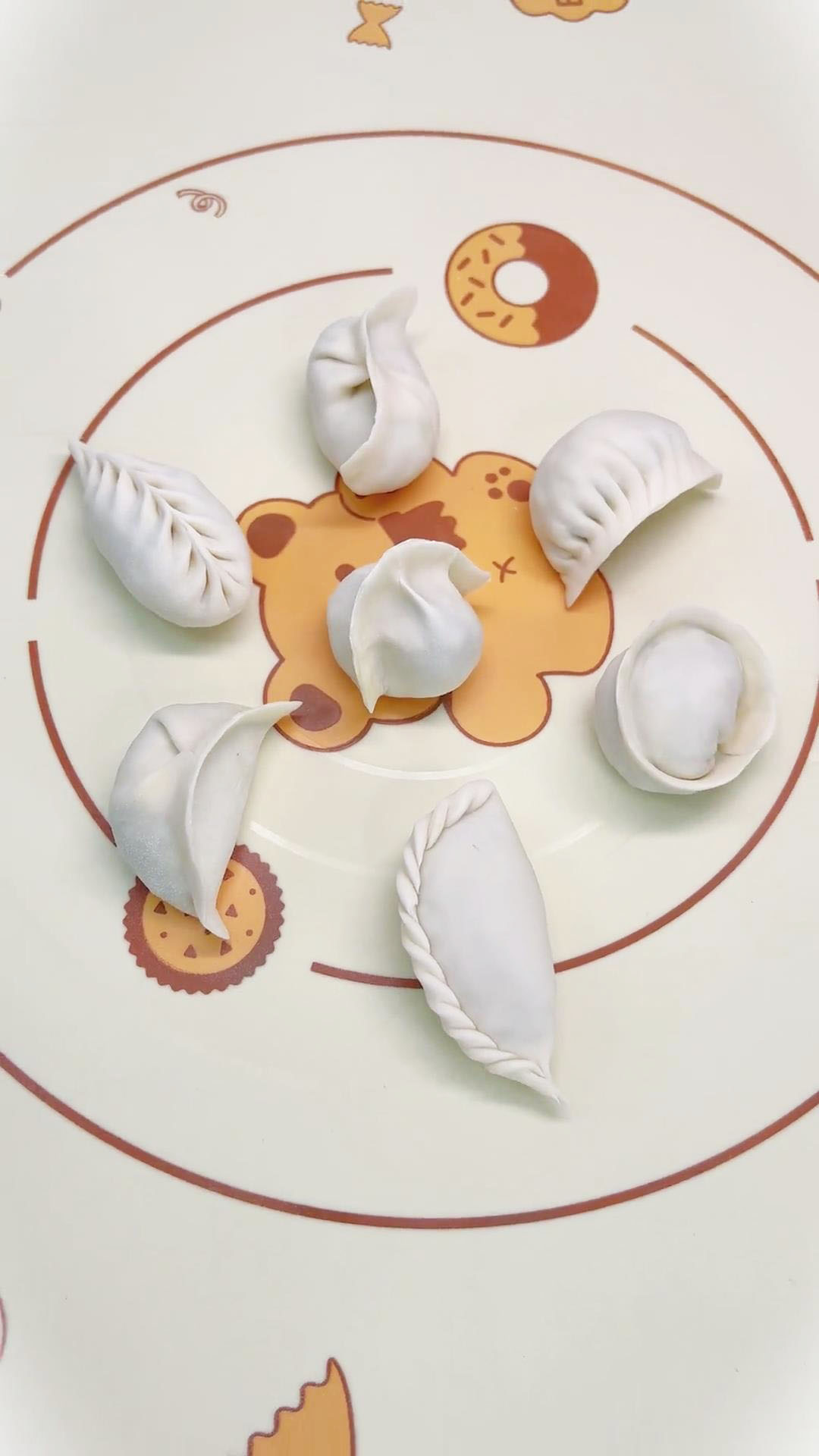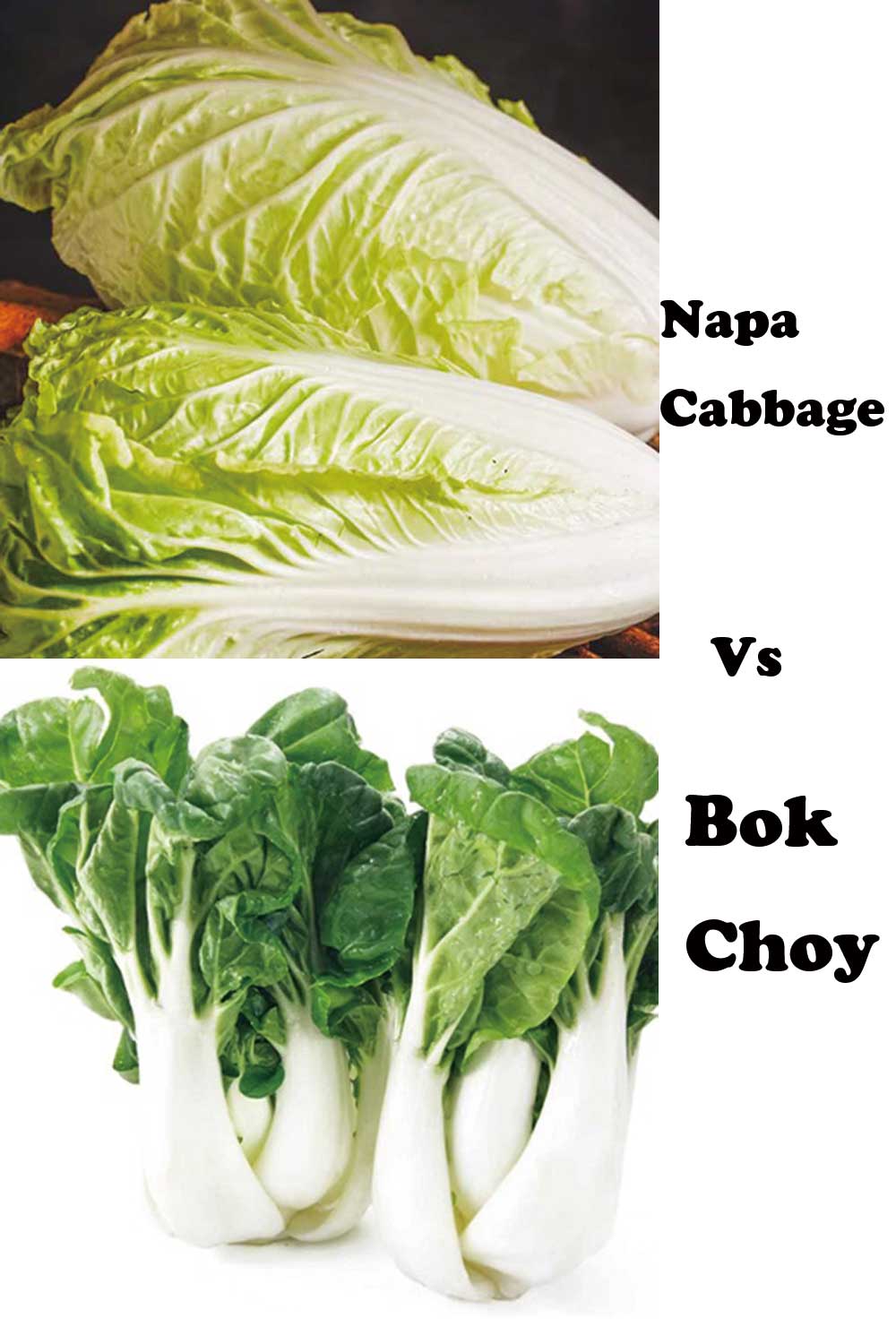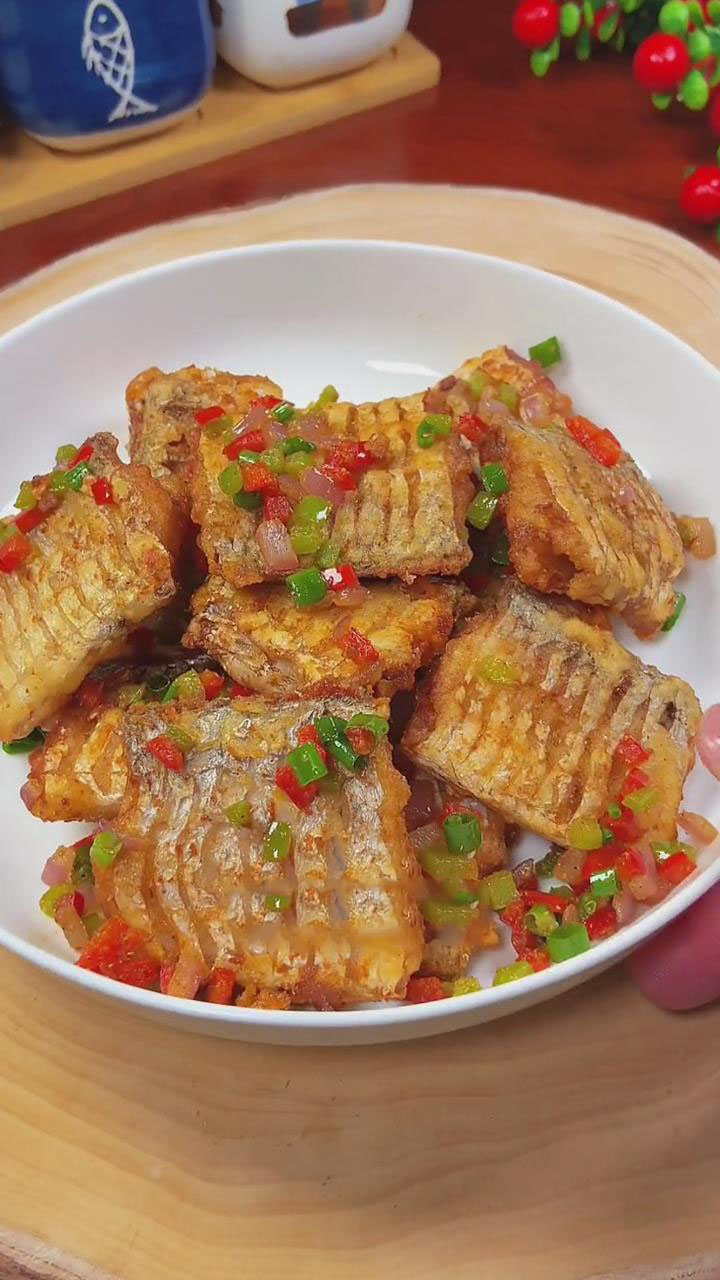Bok choy is one of my favorite vegetables because of its versatility and easy preparation. It is the ideal dish for lunch or dinner that goes well with sweet or savory dishes. You get a crisp texture and mild flavor, similar to cabbage or spinach.
In this guide, you’ll learn everything about bok choy and its essential facts. From how to cut bok choy to how to cook bok choy, it’s your one-stop guide for all things bok choy. The guide also explores its health benefits, storage tips, and eatable parts.
As a bonus, I also share several bok choy recipes you can make at home. Continue reading this guide before you start exploring recipes for this superfood.
What Is Bok Choy?
Bok choy is a green leafy vegetable that is also known as pak choi, spoon cabbage, bak choi, or Brassica rapa, its scientific name. It is a Chinese cabbage popular in East Asia and Southeast Asia. You can recognize it with its long thick stem and round bulbous base.

The stems are either white or light green and can be long or short. There are several varieties of bok choy, including regular white bok choy, baby bok choy, and green Shanghai bok choy. Bok choy is typically available all year round but tastes better during the winter season.
What Does Bok Choy Taste Like?
The flavor of bok choy varies depending on the type and age. Generally, bok choy has a mild flavor that is sweet, bitter, and mustard-like. It can be compared to the taste of spinach and water chestnuts.
The bok choy leaves have a stronger taste than the white stem. The texture of the stems is crisp like cabbage. If you pick immature or baby bok choy, it usually has a sweeter taste and a softer stem.
White bok choy has a more crisp texture than Shanghai bok choy. Aside from the type and age, the month it is harvested also affects the taste. Bok choy during the winter months has a sweeter flavor and a nice crunch.
What Are The Health Benefits Of Bok Choy?
Like most green leafy vegetables, bok choy is packed with vitamins and minerals essential for a healthy body. It contains antioxidants such as Vitamins C and E that prevent cell damage from free radicals. Moreover, it is a good source of quercetin, reducing inflammation and the risk of heart disease and diabetes.
Bok choy also helps lower blood pressure because of its potassium, calcium, and magnesium content. It is also high in Vitamin K, iron, phosphorus, and calcium, all essential nutrients for healthy and strong bones. Lastly, it boosts the immune system and promotes healthy skin.
You can eat as much as you want because of its amazing health benefits. Just make sure not to overcook or burn bok choy to maintain a high content of nutrients.
What Part Of Bok Choy Do You Eat?
Can you eat bok choy leaves and stems?
Of course! The leaves are an excellent source of fiber, vitamins, and minerals. You can also eat the stems for a crunchy texture. Raw stems are crunchier, but cooked stems will become a bit softer.
Can you eat bok choy flowers?
Yes! All parts of bok choy are actually edible, including the flowers. So, if you come across bok choy with flowers, don’t throw the flowers away. However, it is worth mentioning that bok choy with flowers is more bitter than regular or baby bok choy without flowers.
Can you eat bok choy raw?
Bok choy can be eaten raw or cooked. Raw bok choy is commonly served in salads and sandwiches.
In fact, it is recommended to eat it raw to have higher levels of nutrients, which are lowered when cooked. However, make sure to wash and clean the bok choy thoroughly to remove dirt before eating it raw.
How To Store Bok Choy
Bok choy can be stored in the refrigerator for three days to a week or in the freezer for up to 12 months. Both methods are excellent ways to keep your bok choy fresh and extend the shelf life.
However, both will have different storage techniques to follow. Here’s how you can store bok choy in the fridge and freezer.
Refrigerator
- Do not wash your bok choy before storing it in the fridge. Bok choy should be unwashed to prevent it from wilting too fast.
- Keep your bok choy in the crisper drawer wrapped in a plastic container with holes for air circulation.
- You can also use a jar filled with water and place the bok choy upright with the stems submerged in water and leaves dangling out.
Freezer
- Bok choy should be washed and cleaned before storing it in the freezer.
- Blanching the bok choy before storing it in the freezer is advisable.
- Keep the bok choy in a sealed freezer bag, removing all air.
How To Cut Bok Choy
There are several ways to cut bok choy. You can cut it into halves and quarters or dice it into salad cubes. Alternatively, you can simply cut the base to separate each leaf and eat it as is. Here’s a step-by-step guide on how to cut bok choy:
Halves
- Take your bok choy and position the knife lengthwise at the middle of the stalk. It should be aligned with the length of the stem.
- Cut it from the base of the stem to the tip of the leaves.
- You should have two even halves of bok choy.
Quarters
- Take your bok choy and position the knife lengthwise at the middle of the stalk.
- Cut it from the base of the stem to the tip of the leaves, giving you two even halves of bok choy.
- Take one half of the bok choy and slice it again in half in the middle.
- Then, take the other half and repeat step 3.
- One bok choy should give you four pieces or quarters.
Diced
- Unlike quarters and halves that are cut lengthwise, dicing bok choy should be done crosswise.
- Cut the bok choy crosswise into smaller pieces.
- If you are using baby bok choy, you can chop it without separating the leaves.
- If you are using regular bok choy, chop the base of the stem to separate the leaves. Then, place the leaves on top of each other and chop them crosswise into thin slices.
- You can chop it once more to make smaller squares.
- For the leaves, simply chop them into thin strips.
Whole separate leaves
- Chop the base of the stem to remove the roots. This will make it easier to separate each leaf.
- Separate each leaf and prepare it for a blanching recipe, such as my Delicious Blanched Bok Choy With Vegetable Sauce.
How To Cook Bok Choy
After choosing your desired cut, you can cook the bok choy according to your selected recipe. Bok choy can be stir-fried, air fried, and blanched. For stir-frying, you can try Flavorful Stir-Fried Bok Choy And Mushrooms.
If you have an air fryer, check out The Easiest Air Fryer Bok Choy Recipe to learn how to cook bok choy in an air fryer. I recommend Delicious Blanched Bok Choy With Vegetable Sauce if you prefer an easy way to cook bok choy through blanching. Explore different tastes and textures of bok choy with my other recipes such as Bok Choy With Savory Oyster Sauce Recipe and Simple Yet Scrumptious Garlic Bok Choy.
Final Thoughts
What do you love about bok choy? Share your recommended recipes and cooking styles by commenting in the comments section. Learn more about bok choy by reading the guide: How Different Is Bok Choy From Other Similar Vegetables?
Follow me on Instagram and Tiktok and watch me cook through my short tutorial videos.



